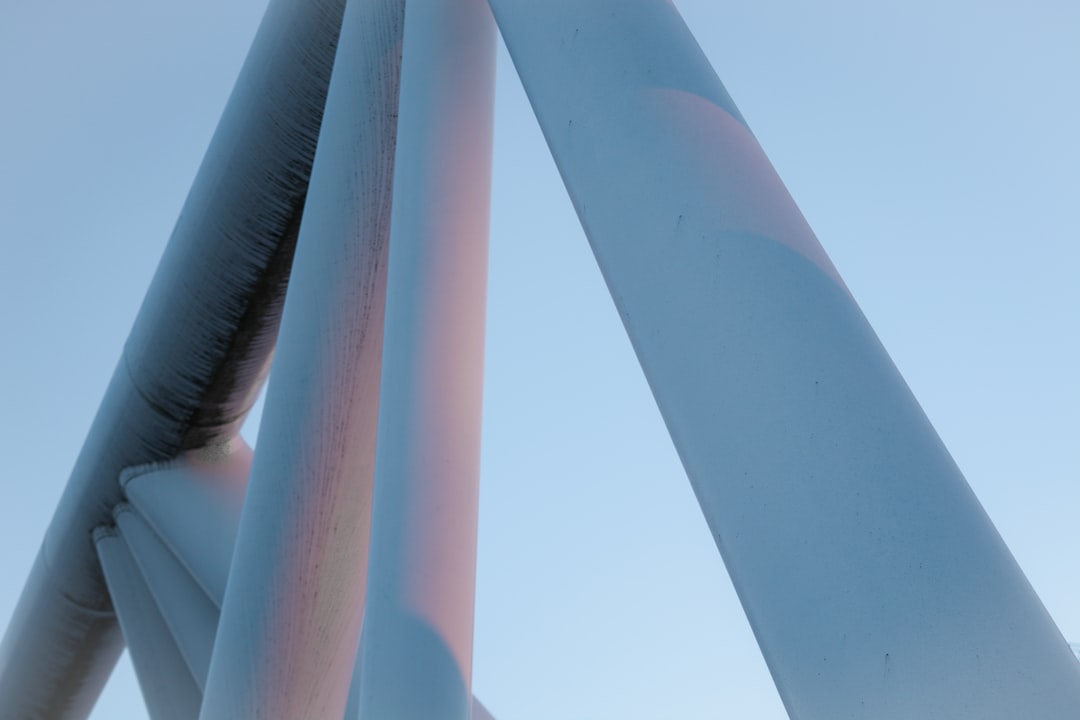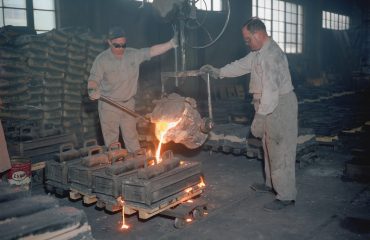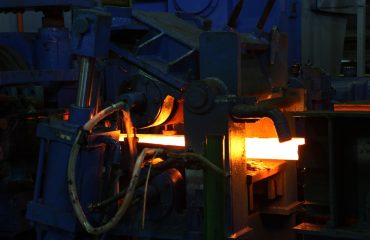Pipe bending and straightening are crucial processes in various industries, from construction and manufacturing to oil and gas. Achieving the desired shape and ensuring structural integrity requires understanding the different techniques, tools, and materials involved. This comprehensive guide explores the various solutions available for both bending and straightening pipes, ensuring you have the knowledge to tackle your next project with confidence.
1. Understanding Pipe Bending Methods: A Comprehensive Overview
Several methods exist for bending pipes, each suited to different pipe materials, diameters, and desired bend radii. The choice of method depends on factors such as material properties (ductility, tensile strength), pipe size, and the required bend accuracy. Let’s explore some common techniques:
- Manual Bending: This method, suitable for smaller diameter pipes and softer materials, often involves using hand tools like pipe benders. It’s a cost-effective solution for small-scale projects but can be labor-intensive and less precise for complex bends.
- Hydraulic Bending: This method employs hydraulic presses or benders, offering greater control and precision, especially for larger diameter pipes and tougher materials. Hydraulic benders can produce consistent, accurate bends, reducing material waste and improving overall efficiency. They are ideal for mass production scenarios.
- Roll Bending: Roll bending is a process where the pipe is passed through a series of rotating rollers, gradually forming the desired bend. This method is particularly suitable for bending long lengths of pipe with large radii. It’s often used in the production of large diameter pipes for infrastructure projects.
- Rotary Draw Bending: This advanced method uses a rotating die and a clamping mechanism to pull the pipe through, resulting in a tight, consistent bend with minimal wall thinning. It’s commonly used for high-precision bending in aerospace and automotive industries.
2. Choosing the Right Tool for the Job: Pipe Bending Equipment
Selecting the appropriate bending equipment is critical for achieving the desired results. The choice depends on the factors mentioned above, but also on the budget and the frequency of bending operations. Here’s a breakdown:
- Hand Benders: These are simple, portable tools ideal for occasional bending of small diameter pipes. They are relatively inexpensive but require significant manual effort and may not be suitable for large-scale projects.
- Hydraulic Benders: These machines offer greater power and precision, enabling bending of larger diameter pipes and more complex shapes. They come in various sizes and configurations, catering to diverse needs. Consider factors like tonnage capacity and bend radius capabilities when selecting a hydraulic bender.
- Roll Bending Machines: These are specialized machines used for bending long lengths of pipe with large radii. They are typically more expensive and require specialized operator training.
- CNC Pipe Benders: For high-precision and automated bending, CNC (Computer Numerical Control) pipe benders are the preferred choice. These machines offer exceptional accuracy and repeatability, making them ideal for large-scale production and intricate shapes.
3. Straightening Bent Pipes: Techniques and Considerations
Sometimes, pipes become bent or dented during transportation or handling. Straightening these pipes is essential to maintain structural integrity and functionality. Several methods exist, each with its own advantages and disadvantages:
- Manual Straightening: For minor bends, manual straightening using hammers and blocks may suffice. This method requires skill and care to avoid damaging the pipe.
- Hydraulic Presses: Hydraulic presses can apply controlled force to straighten bent pipes, especially those with more significant bends. This method is efficient and effective but requires specialized equipment.
- Pipe Straighteners: Specialized pipe straightening machines use rollers or other mechanisms to gradually straighten bent pipes. These machines are highly efficient and produce consistent results, suitable for large-scale operations.
- Heat Straightening: For certain materials, applying heat can help relax the material and facilitate straightening. This method requires careful control of temperature to avoid damaging the pipe.
4. Material Considerations: How Pipe Material Affects Bending and Straightening
The material of the pipe significantly impacts the bending and straightening process. Different materials exhibit varying degrees of ductility, tensile strength, and yield point, influencing the methods and equipment suitable for each:
- Steel Pipes: Steel pipes require more force for bending and are susceptible to cracking if bent improperly. Hydraulic bending and specialized tools are often necessary.
- Copper Pipes: Copper pipes are more ductile and easier to bend than steel, allowing for manual bending in many cases. However, excessive bending can lead to work hardening.
- Aluminum Pipes: Aluminum pipes are relatively lightweight and easy to bend, but they are prone to wrinkling if not handled carefully. Specialized bending techniques may be required to avoid this.
- Plastic Pipes: Plastic pipes are flexible and can be bent easily by hand, but excessive bending can cause weakening or cracking.
5. Safety Precautions: Ensuring a Safe Working Environment
Pipe bending and straightening can involve heavy machinery and potentially hazardous materials. Prioritizing safety is crucial to prevent accidents and injuries. Here are some essential safety precautions:
- Proper Training: Operators should receive adequate training on the safe operation of bending and straightening equipment.
- Personal Protective Equipment (PPE): Always wear appropriate PPE, including safety glasses, gloves, and hearing protection.
- Machine Guards: Ensure that all machine guards are in place and functioning correctly to prevent accidental contact with moving parts.
- Emergency Procedures: Establish clear emergency procedures and ensure that all personnel are aware of them.
- Regular Maintenance: Regularly inspect and maintain equipment to ensure its safe and efficient operation.
By understanding the various methods, tools, and safety considerations discussed above, you can effectively and safely tackle your pipe bending and straightening projects. Remember that selecting the right approach depends on the specific application, material properties, and desired outcome. Always prioritize safety and choose the most appropriate equipment for the job.
Tags: pipe bending, pipe straightening, hydraulic bending, pipe bender, pipe straightening machine, bending tools, pipe materials




